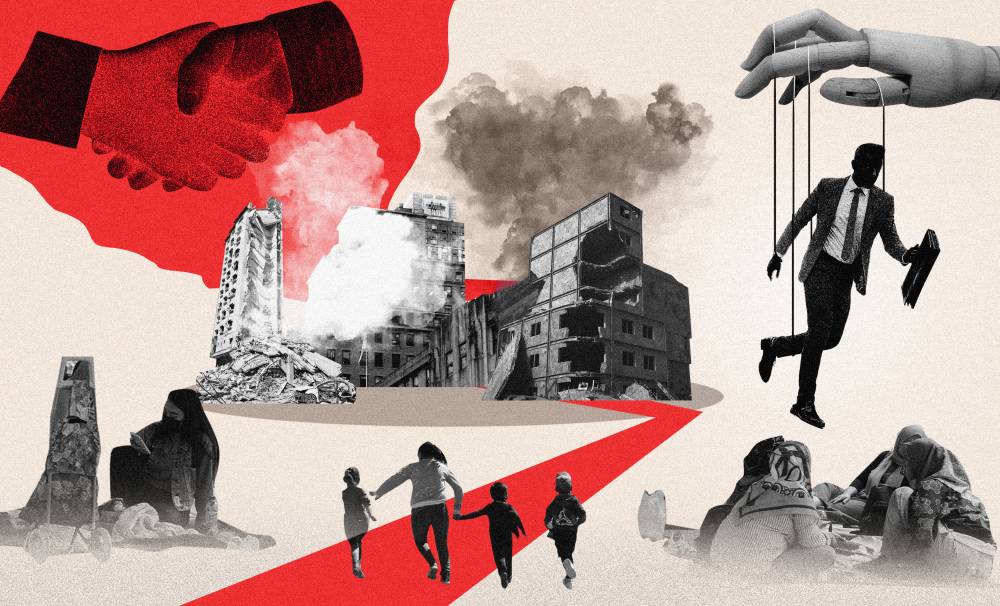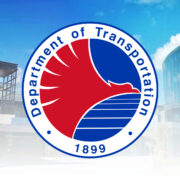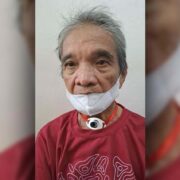Who can we trust during ‘The Big One’

It’s been roughly two months since the flood control scandal came to light. In that time, and outside a Trillion Peso March that reflected Filipinos’ growing frustration, zero arrests have been made, several government officials have stepped down from their posts after being linked to the controversy, and we somehow have a Senate that can’t seem to find common ground in a corruption scandal that should be cut and dry to begin with.
In short, it’s the usual clown show and antics to distract from the issue at hand.
But one issue leads to another, and with the recent 6.9 magnitude earthquake in Cebu, one thing is for certain: Between lapses in flood control, systemic corruption, and insufficient disaster readiness, we aren’t ready for “The Big One”—a potential 7.2 magnitude earthquake that could ravage Metro Manila.
A circus through and through
For a corruption scandal as large as this, it’s almost baffling that no one has been held accountable for it—and in true Filipino fashion, justice has been replaced with courtroom drama, memes, and superficial acts bordering on being performative.
Alan Peter Cayetano, for one, called for a mass resignation, stating, “What if we all just resign and allow a snap election from the president, vice president, senate, and congress, with one important addition—no incumbent from the above can run for one election cycle.” Why? According to the Senate Minority Leader, “people have lost trust in government and government officials.”
Malacañang responded to the call with Palace Press Officer Claire Castro stating, “[President Ferdinand Marcos Jr.] has no time for this kind of politicking. Let us all focus on the needs of the people, not just on personal interests.”
Senate President Vicente “Tito” Sotto III chimed in, saying, “What do you do with those who are not guilty? What do you do to those who are newly elected and have no bad records? What do you do with them? Idadamay mo dun sa mga guilty?”
Meanwhile, Senator Panfilo Lacson announced his resignation as chair of the Senate Blue Ribbon Committee, citing that several senators have expressed disappointment in the direction the committee has taken in probing the flood control scandal.
While Cayetano’s call for a snap election may be viewed as yet another sorry attempt at bravado—reminiscent of the antics of a previous president—it can’t be denied: The government has lost Filipinos’ trust and is scrambling to earn it back.
For one, President Marcos Jr. stated that P26 billion, once allocated to flood control, has been redistributed to the education sector. “These funds will be directed to increase funding for classrooms, child nutrition, teacher compensation, and technology in schools. Because we believe that education is the best investment that any nation can make in its people,” he said during the National Teachers’ Day celebration on Oct. 6.
Empty promises, redirected blame, and letting the issue die down may have worked back then (hell, maybe it will still work now), but what worth are these in the face of a natural disaster? When flood control is already failing—when both infrastructure and faith in governance are unravelling at the seams—what more if a megaquake hits Metro Manila?
A house of cards waiting to crumble
President Marcos Jr., in his 2024 State of the Nation Address, highlighted the national government’s steps toward disaster readiness: “Within the past two years, almost a hundred evacuation centers have already been built. While in January of [2024], we started the operations of our Disaster Response Command Center, which shall serve as the central hub for the government’s disaster response efforts.”
While that sounds good and all, the recent 6.9 magnitude earthquake in Cebu proved that number is nowhere near enough. Affecting over 80,000 families or 366,000 people, Cebu was caught unprepared for the strongest earthquake to hit the country in recent memory.
In Pandan Mahawak, Medellin, in Northern Cebu, photos of people sleeping with plastic bags over their heads went viral on social media. It might have looked like body bags at first glance, but in reality, they’re evacuees with no place to stay. “Wala me ni-evacuate sa center since layo me. Din pag linog kay automatic nag-blackout, so our plan kay mo-saka mig bukid para safe sa tsunami,” says Arg De Real, one of the people sleeping in plastic bags, to CDN Digital.
(We didn’t evacuate to the center since it’s far. When the earthquake happened, there was a blackout, so we planned to go up the mountain to be safe from a tsunami.)
According to the Philippine Institute of Volcanology and Seismology (PHIVOLCS), the earthquake, which was likely caused by a dormant fault line in northern Cebu, also brings to mind the need for constant monitoring and disaster preparedness in other regions—particularly in Metro Manila due to its proximity to the West Valley Fault.
Dubbed “The Big One,” experts previously speculated that the West Valley Fault could potentially deliver a 7.2 magnitude earthquake in Metro Manila. The fault line is said to have generated its last significant tremor back in 1658, with experts entertaining the likelihood of another earthquake around the corner.
A 2014 study in collaboration with the Japan International Cooperation Agency (JICA) revealed that a 7.2 magnitude earthquake in Metro Manila could lead to over 34,000 deaths and 114,000 injuries. PHIVOLCS has stated that it plans to revisit the study with JICA and update it with the latest infrastructure and population movements factored into the equation.
But between environmentally questionable reclamation projects and increased population density, an even higher death toll is to be expected should “The Big One” arrive. But with substandard flood control projects being exposed left and right by government probes, it wouldn’t be outrageous to speculate that any evacuation centers could also be defective. And when it does come, it won’t be investigators and engineers revealing the low quality of these structures. The proof will be in the rubble.
The evidence? Piles of dead Filipinos whose deaths were caused by the corrupt and greedy, more so than a megaquake.

















